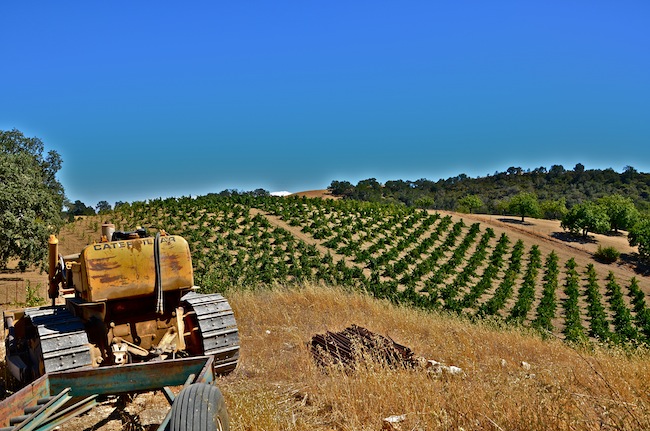dry farm
dry′-farm′ (drī′färm′) v.
A type of farming practiced in arid areas without irrigation by planting drought-resistant crops or by employing moisture-enhancing techniques such as planting seeds deep in the ground or using and maintaining a fine surface tilth or mulch that delays evaporation. Also called dryland farming.
What we in the New World call dry-farming is a given across the Old World, where irrigating vines is strictly forbidden under the major appellation designations of AOC (France), DOCG (Italy), and DOP (Spain). But, outside of interest in pursuing Old World winegrowing methods, many producers in the Paso Robles AVA are dabbling in dry-farming for more practical reasons: California is currently enduring one of the most severe droughts on record.
At PRCC member winery, Le Cuvier, Co-owner and Founder John Munch is a longtime fan of dry-farming. We asked him a few questions about his experience with the method.
PRCC: What percentage of LC vines are dry-farmed?
John Munch: Le Cuvier has long-standing relationships with vineyards that we have been buying grapes from for years, and we no longer grow any of our own fruit. All but a small amount of our grapes are sourced from dry-farmed, head-pruned vineyards planted to limestone soils in the hills west of Paso Robles. Somewhat less than 10% of our grapes come from trellised vineyards that see very moderate amounts of irrigation during the growing season.
PRCC: How long has LC been dry-farming?
JM: We have been making wine from dry-farmed grapes from as far back as the mid 1980’s, and over the course of the years the percentage of wines we make from dry-farmed vineyards has steadily increased.
PRCC: What was the initial inspiration/motivation to dry-farm?
JM: My initial inspiration to move towards making wine from dry-farmed grapes came in 1987 when my winery at the time was filled with giant fermenting tanks of grapes from good (but typical) irrigated vineyards. We were at the height of harvest, so the whole winery was filled with the scent of fermentation, but coming into the winery one early morning, I noted an intriguing smell that had taken over the entire 10,000 square feet of winery, and displaced virtually all of the fermentation odors coming from all of the big tanks. The scent that had taken over the entire place was being generated by a little open top fermentor tank with only three tons of dry-farmed Zinfandel grapes, and that little tank completely overwhelmed the combined essence of well over 100 tons of irrigated grapes fermenting in other tanks. I perceived at that point that there might indeed be a possible difference that could be found in dry-farmed grapes.
PRCC: How has dry-farming benefited your finished wines?
JM: Dry-farming by definition is a form of farming where each individual vine is pruned to the specific conditions of the immediate site within which the vine lives and grows. If each individual dry-farmed vine is not pruned in consideration of the natural resources that the vine will need to draw from (i.e., too big a crop), then the vine can run out of natural reserves before the grapes are ripe, and the vine will die unless it is brought back into balance. By extension, this means that dry-farmed vines must to be trained and pruned to a level where each vine is in balance with its environment, and a vine in balance with its environment produces (arguably) grapes with the highest expression of character. Dry-farming and limestone soils also result in grapes that tend to have remarkably good balance between sugars and grape acid, and thus allow for a form of winemaking where little to nothing is added to the grapes, and where the resulting wines tend to be relatively more reflective of the personality of the individual vineyards.


